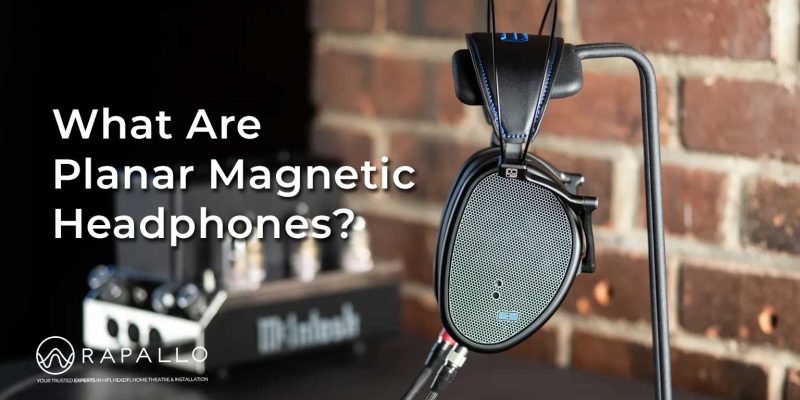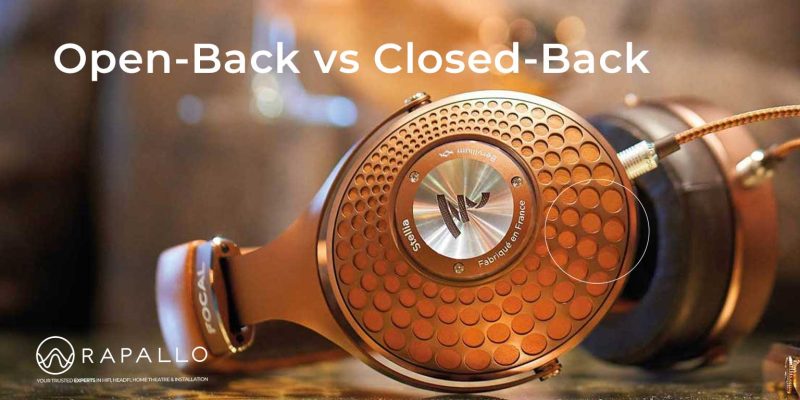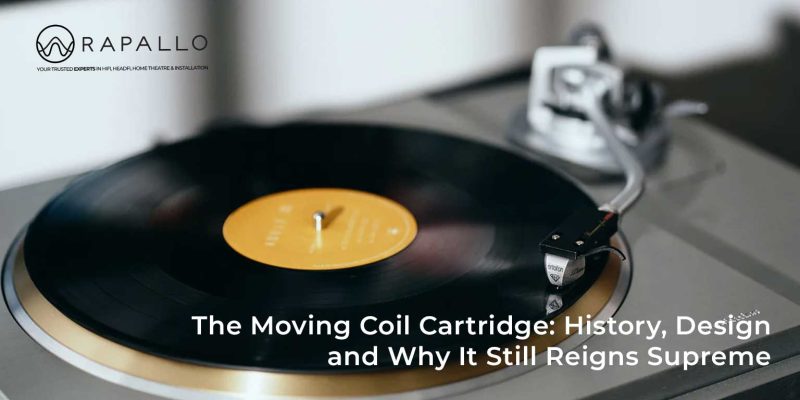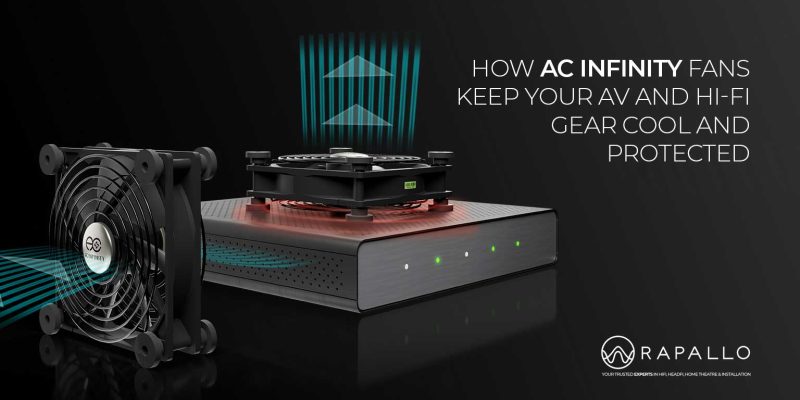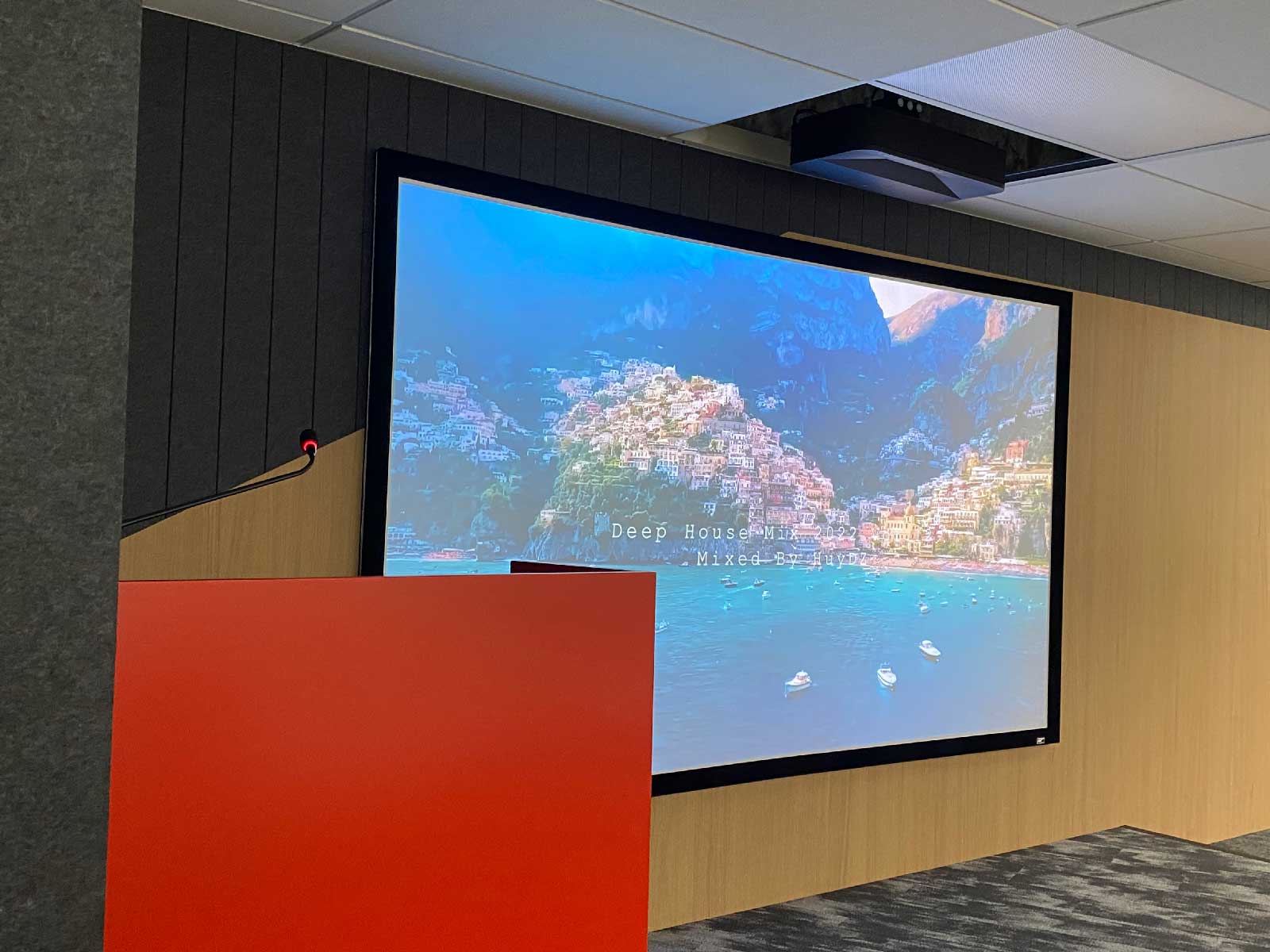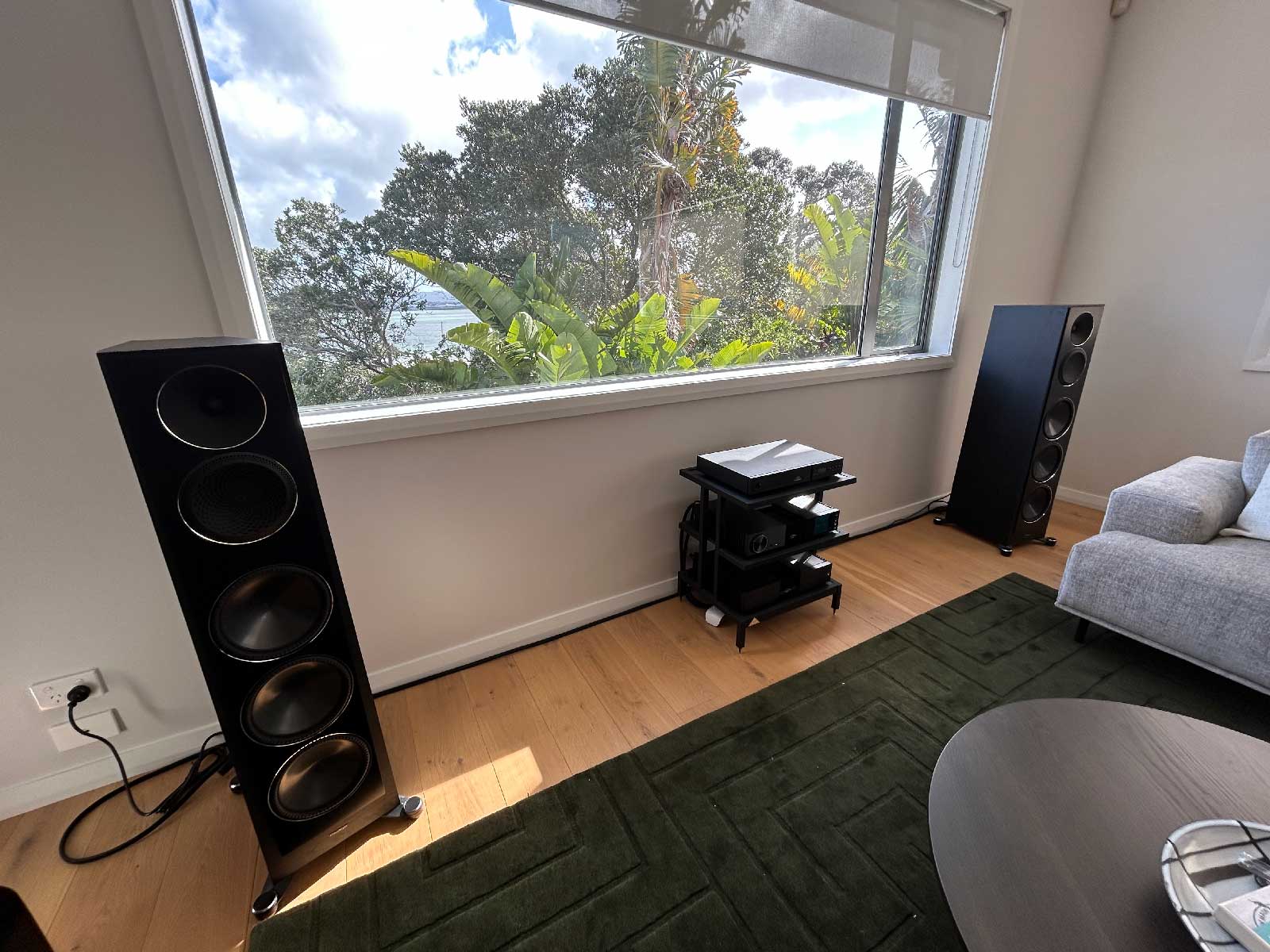
The mysteries of a CD Transport explained
The mysteries of a CD Transport explained. I am constantly asked whether a CD transport [an audio CD Player with a digital output] is better than an dedicated CD player. There is some confusion as one is a “transport” and one a “player”.
To the uninitiated this may sound like a taxi and a money shark from Las Vegas… well no that is not right in this sense.
In the following blog post I will try and explain the differences for you, these should help you to make a more informed decision on whether it will transform or enhance your HiFi setup at home, or you will leave it on the shelf. The differences can be put simply as:
1.0 | CD TRANSPORT – a CD transport has no on-board DAC (Digital to Analogue) converter and only has digital outputs, these output connections can vary from machine to machine but generally the outputs are Optical, S/PDIF (Coaxial) & AES/EBU.
2.0 | CD PLAYER – in contrast a CD player has analogue RCA Stereo connections (normally the Red/White or Red/Black plugs on the back) and sometimes has optical and coaxial inputs. The CD player connects directly to the amplifier or to a pre-amplifier, whereas a CD transport needs to be connected to a DAC and then to an amplifier or pre amplifier.
Right, have you got that… good, well now it is time to delve in deeper. Get a coffee and a ginger nut and lets go!!

As a rule of thumb CD transports can be more expensive than CD players which seems crazy as they have less electronics inside however by removing the DAC the manufacturers spend more on the rest of the components.
So how much impact can a CD transport really have on sound quality (assuming there’s nothing wrong with the CD it’s playing)?
Thinking about what a CD player has to do while it is playing. It has a DAC and this is basically a little bit of etched silicon (although a cleverly designed one), glued onto a circuit board with lots of other little bits of silicon. Once these chips have been designed the manufacturers can then churn them out in the thousands for dollars, and the rest of the electronics are pretty cheap to build too. A lot of expertise is required to design a system in which all the elements come together in a way that achieves the desired level of performance (read sound), but we’re really only talking about good power supply, good grounding, and a good attention to clocking arrangements, so that the data that’s read from the disc is accurately replayed.
Contrast that with a CD transport, which is in my opinion a miracle of intricate moving parts. These moving parts all need to be positioned precisely and fitted within fractions of a millimetre with sophisticated servo-control circuitry, and elaborate digital processing systems.
The grooves of a CD which are called peaks & troughs (P&T) are pressed into a spiral within the CD have to be positioned under the laser beam and detector assembly at a very steady speed of around 1.4 meters per second. Since the P&T’s spiral runs from inside to outside, the disc rotation motor has to vary its speed as the disc plays from about 500 revolution per minutes down to 200rpm, and that needs a sophisticated control system.

The presence or absence of the P&T’s within the disc is detected by a laser beam which is focused dynamically to a spot about 1.2 millimeters across, and that laser beam has to be kept precisely aligned on the passing stream of peaks & troughs with the separation between adjacent spirals of just 1.6mm.
Just to make things slightly harder, the spiral groove is probably also wobbling from side to side as the disc spins because the center hole is probably slightly off-center, and the horizontal plane of the P&T’s is probably also moving up and down too because the disc balance won’t be perfect either. So the laser focusing mechanism is continuously having to readjust the beam focus onto the moving surface.
Consequently, the entire laser-beam generator and optical sensor assembly has to be motored across the surface of the disc while keeping the static laser beam precisely focused onto the moving spiral of microscopic bumps within the disc’s polycarbonate substrate.
If you scale these dimensions up a million times so that the bumps are about 1.2 meters wide — about the same as the width of the crash barrier down the center of a motorway — the tracking of the laser is performing the equivalent of flying a jumbo jet at three million miles an hour, while keeping the nose wheel aligned to within about 20cm either way directly above the central crash barrier as the motorway winds its way across the countryside.
If the tracking and focusing systems all work as they should, the photo-detector in the laser assembly will output an analogue signal with a varying brightness (light & dark) which represents the data pressed into the disc.

How much impact can a CD transport have on sound quality
In all honesty cheap transports can sound bad really bad. Remember, you can have cheap or quality, not both.
Some of the cheaper models sound thin and non-musical. These issues are caused by mechanical and acoustical vibrations, which cause tracking and focusing errors leading to un-correctable data errors, it may also have less than perfect clocking system and so introduce interface jitter in the S/PDIF digital output. Of course, a good external DAC should be able to remove any interface jitter, but it can’t do anything if the data itself has already been corrupted,
The better-engineered transports are designed to minimize these risks by using large competent power supplies to avoid any cross contamination interference between the different systems and the digital electronics. They also have well-isolated and shock-mounted mechanisms so that mechanical vibration doesn’t affect the disc-reading process. The tracking and focus servos and all the associated mechanics and bearings are also of the highest standard and able to work quickly and accurately.
Different manufacturers use different mechanism designs
The original Philips idea uses a ‘swinging arm’ arrangement in which the laser assembly is mounted on an arm which pivots around a fixed post, tracing an arc across the CD much like a record player arm. In contrast, many Japanese transports employ a ‘sled’ laser assembly in which the laser optics are moved along a couple of parallel rails.
Both of these design concepts work well. However, over time gunk and dust can build up on the rails and cause issues with speed control of the laser movement
There are also different techniques used to keep the laser beam on track, with Philips again using a split-beam system, which seems particularly reliable from our experience.
The cost of CD transports isn’t all that shocking when you consider all that goes into them
Especially when you consider all they have to do!
As i mentioned above, cheap transports can sound good. But, the problem comes when the going gets tough and the cheap transport fails to extract all the disc information correctly. Its only option is to resort to making the data up through the concealment process, without telling you what it’s doing!
And for me I want the correct information and the right sound from my music, I want accuracy and not guess work,
Over time DAC’s do become outdated and with a CD player your stuck with the onboard DAC chip. This means that if you use a transport instead you can upgrade the Dac to the newest and flashiest anytime, this is beneficial because Dac’s are getting better and better all the time
If you’re a CD fanatic like me then spending money on a super transport may be the way to go. You can spend mega money on an Japanese manufactured transports like Esoteric or Accuphase models these start at around $20,000 NZD. There are a lot of quite reasonable CD transports around in the $800 – $1000 range, in particular the amazing Cambridge Audio CXC Transport.
But then… there are giant killers as they are called that are created every now and then by bespoke manufacturers that easily compete and in some cases sound better and won’t cost you an arm and a leg. Meet Jay’s Audio.
Meet the Giant Killer | Jay’s Audio
Recently we took on a new manufacturer that builds and designs a giant killers – Jay’s Audio.
Jacky Ho the designer and owner of the company has created one of the most incredible sounding transports that we have ever heard. The CDT2-MK2 is highly regarded and reviewed around the world by many prestige Hi-Fi magazines and online magazines. The CDT2-MK2 is built literally like a tank and they uses the very famous Philips CDM4 CD mechanism and very high end capacitors and components internally.

- Ground Cables and Turntables
- What Are Planar Magnetic Headphones?
- Open-Back vs Closed-Back
- Our Guide to Buying a CD Player
- The Moving Coil Cartridge: History, Design, and Why It Still Reigns Supreme
- How AC Infinity Fans Keep Your AV and Hi-Fi Gear Cool and Protected

